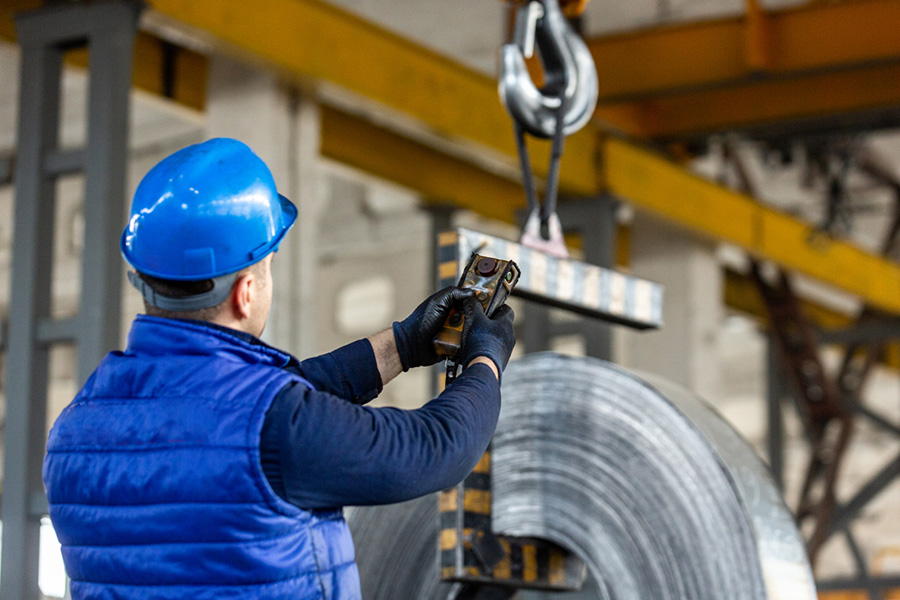
Copper powder in acrylic paint on 3D-printed PLA increases tensile strength and strain. It also boosts UV absorbance and capacitance (6-8 pF).
Authors
Sudhir Kumar, Department of Mechanical Engineering, Thapar Institute of Engineering and Technology, Patiala 147004, Punjab, India
Pulkit Tiwari, Assistant Professor, Information System, Jindal Global Business School, O.P. Jindal Global University, Sonipat 131001, Haryana, India
Seyed Saeid Rahimian Koloor, Faculty of Mechanical Engineering, Universität der Bundeswehr München, Werner-Heisenberg-Weg 39, 85579 Neubiberg, Munich, Germany; Institute for Nanomaterials, Advanced Technologies and Innovation, Technical University of Liberec, Studentská 2, 461 17 Liberec, Czech Republic
Summary
Fused deposition modeling (FDM) printing has become increasingly popular for exploring advanced material matrices with a polymeric base. This study uses a low-energy method to investigate the metallization process on a surface created by 3D printing. This involves using an acrylic-paint-based solution to disperse the copper (Cu) powder on a polylactic acid (PLA) substrate, allowing for an evaluation of the fabricated samples’ mechanical, morphological, absorbance, and capacitance properties. The study findings indicate a gradual increase in tensile strength as the content of Cu in the acrylic paint layer on the PLA substrate increases. There was a clear and consistent increase in the tensile strength of the specimen, ranging from 13.5 MPa (sample 1) to 15.6 MPa (sample 5). Similarly, the percentage of strain at failure also showed a noticeable increase, ranging from 4.2% (sample 1) to 8.6% (sample 5). The scanning electron microscopy (SEM) investigation revealed the presence of completely enveloped Cu particles in acrylic paint on the FDM-printed surface of the PLA. The Ultraviolet–Visible Diffuse Reflectance Spectroscopy (UV–Vis DRS) indicated a significant change in the absorbance pattern as the copper content in the layer increased. The augmented absorbance values serve as an advantage because they demonstrate enhanced UV light interaction, which correlates with the increase in capacitance measurements of 6 to 8 pF. This result suggests that the fabricated sample potentially leads to favorable alterations in material characteristics for applications that demand stable capacitance alongside improved mechanical properties. The SEM analysis supported the observed trends.
Published in: Processes
To read the full article, please click here.

